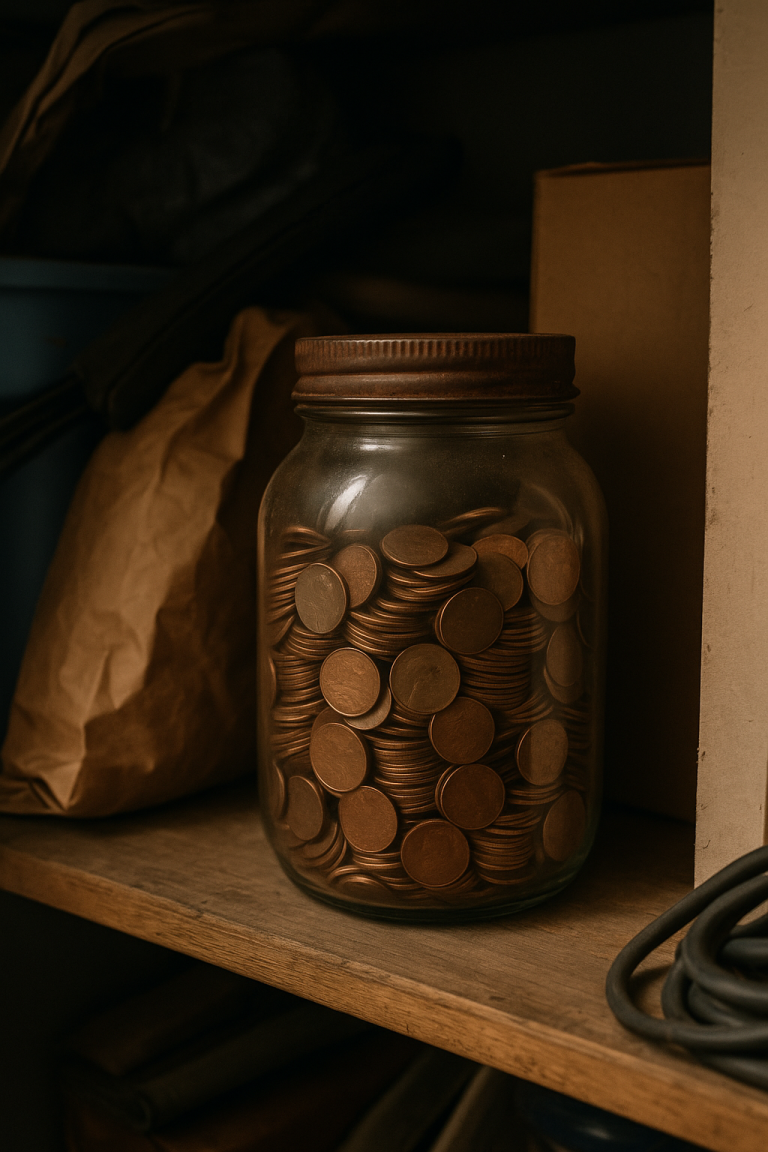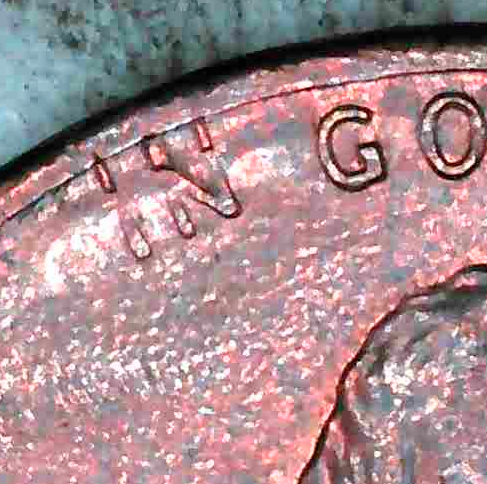When Eye Appeal Goes Wrong
A shiny coin isn’t always a good coin. Real value comes from originality, not polish. Once a surface is stripped or buffed, the damage can’t be undone, no matter how good it looks in photos.
A shiny coin isn’t always a good coin. Real value comes from originality, not polish. Once a surface is stripped or buffed, the damage can’t be undone, no matter how good it looks in photos.
Some coins look soft or half-struck even when they’re not worn. Learning to spot those weak, “mushy” details can help you catch counterfeits before they fool you.
Roll hunting isn’t about luck. It’s about rhythm, focus, and knowing what to look for. With the right setup and a clean workflow, you can move through rolls fast, spot real value, and actually enjoy the hunt.

You don’t need luck to find good coins in your change jar. Sort smart, work in small batches, and keep what teaches you something. The search itself can be as rewarding as the finds.
Most people start coin collecting the wrong way. Slow down, start with what you already have, and learn the basics before spending a dime. The real skill comes from time, not money.
Most people think coin value is random, but it isn’t. Once you understand how type, date, condition, rarity, and demand work together, you’ll see exactly why some coins are worth a fortune and others are just loose change.
Confused by PCGS slabs and all the codes they use? This guide breaks down every term you’ll see — from MS grades to color designations, details grades, error attribution, and what all the numbers and barcodes really mean. Learn how to read a slab like a pro.
Everyone hears “never clean your coins,” and it’s usually the right advice. But there are a few rare situations where it actually makes sense. Here’s when to consider it and how to do it without ruining the coin.
That “IBERTY” penny in your hand isn’t a jackpot. Most missing letters come from grease in the die or plain damage. Fun to keep, cool to learn from, but not the kind of error that cashes out big.

That penny with letters smeared into the rim isn’t a rare doubled die. It’s metal flow. The press shoved soft copper sideways, warping the design. Cool to study, fun to save, but not a jackpot.